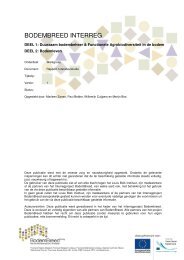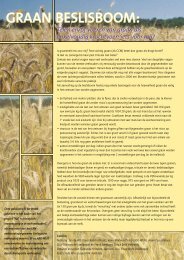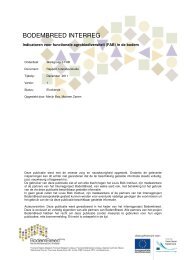Respiratory System Disorders and Therapy From a New - Louis Bolk ...
Respiratory System Disorders and Therapy From a New - Louis Bolk ...
Respiratory System Disorders and Therapy From a New - Louis Bolk ...
You also want an ePaper? Increase the reach of your titles
YUMPU automatically turns print PDFs into web optimized ePapers that Google loves.
Just think of the interface between water <strong>and</strong> wind at sea <strong>and</strong> the creation of waves —<br />
or the interface between s<strong>and</strong> <strong>and</strong> water on the beach <strong>and</strong> the creation of undulating<br />
forms in the s<strong>and</strong> (see also 7.2.). This also applies to the organism where the living<br />
rhythms of heartbeat <strong>and</strong> respiration create an interface between the nerve-sensory <strong>and</strong><br />
metabolic-muscle systems with their polar dynamics. Metabolic processes in the digestive<br />
<strong>and</strong> skeletal muscle systems <strong>and</strong> nerve-sensory activity meet each other in a rhythmic<br />
interchange. In the lung, this interface is present in the vicinity of the walls of the alveoli,<br />
where moving air <strong>and</strong> circulating blood meet in the rhythmic alternation of inhalation <strong>and</strong><br />
expiration (see also section 5.3.2.). In a functionally dynamic sense, this provides three<br />
differentiated areas in the organism. The principle of a triple-segmented organization<br />
into a nerve-sensory system, a rhythmic system, <strong>and</strong> a metabolic-muscle system has been<br />
further developed in the Anatomy Companion (Bie 2002). The rhythmic system provides<br />
the place where the two opposite dynamics are balanced out.<br />
Fig. 3.3. Characteristic dynamic processes within the organization

















